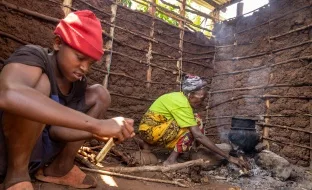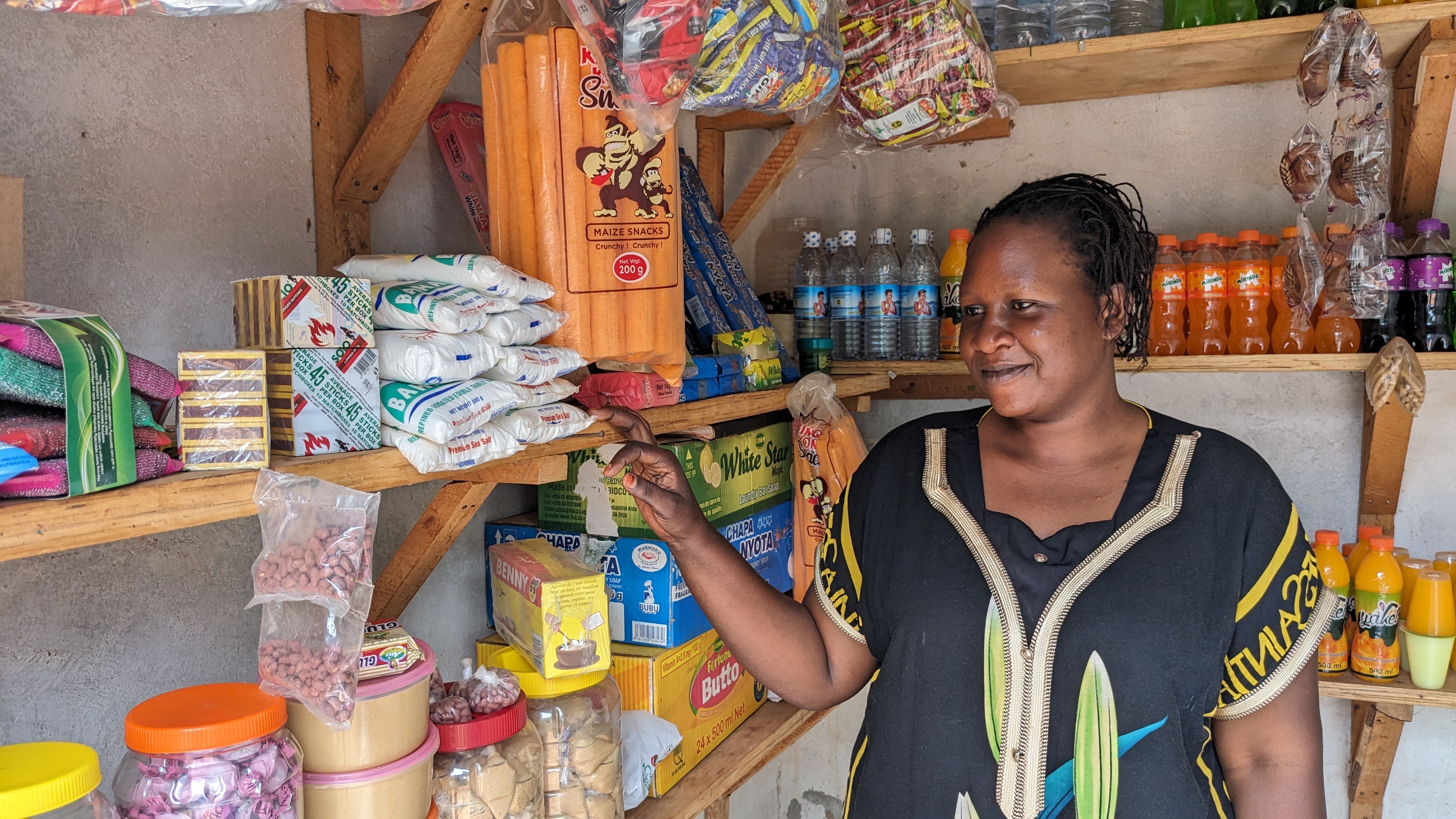In general, an overwhelming majority of eligible recipients opt to receive cash transfers from GiveDirectly. In Siaya, where GiveDirectly Kenya has operated from 2011 to the beginning of 2016, over 95% of recipients who are given the opportunity to be a part of the program accept it. In Uganda and Rwanda more than 96% of eligible recipients have opted in, respectively.
These figures are high relative to participation rates in typical development programming, which is not surprising given the unconditional nature of our transfers. For example, Manuela Angelucci and Orazio Attanasio found that Oportunidades, a conditional cash transfer program in Mexico, had take up rates of roughly 50%. Oriana Bandiera et al. report that a BRAC training program targeted at adolescent girls in Uganda expected participation rates of roughly 20%.
Recently, however, we’ve seen lower than usual participation rates in parts of Kenya. In July 2015 we entered Homa Bay, a new county and our first venture outside of Siaya. In Homa Bay and the neighboring areas, roughly 45% of the households we speak with decline to be enrolled into the program. As it turns out these challenges have been common for NGOs working in the area. Other development programs focused on HIV, water and sanitation, agricultural development, education, and female empowerment have also faced community resistance.
We’ve done a lot to try to understand what has led to this increase in refusals. We’ve found that people typically refuse out of skepticism. Potential recipients find it hard to believe that a new organization like GiveDirectly would give roughly a year’s salary in cash, unconditionally. As a result, many people have created their own narratives to explain the cash, including rumors that the money is associated with cults or devil worship.
We’ve debated how much effort to expend trying to address the refusal issue. We considered leaving Homa Bay since working in an area with lower refusals would be better for efficiency targets and staff morale. However, ultimately we decided to stay because we are in the process of implementing a large scale research project in Homa Bay, and leaving the area would result in meaningful delays and cost overruns for our research partners. We also believe it’s important to try to address the issue here or else rumors could spread to other areas we’ve not yet been.
So far we’ve tested several different approaches, with varying degrees of success. We’ve significantly expanded our outreach effort by creating a team dedicated to grassroots mobilization. We’ve also gone on the radio several times, enlisted the help of local opinion leaders, leveraged testimonials of past recipients, and much more. In some areas the results were promising. In parts of Nyando subcounty we saw refusal rates dip from 80% to 20% within a two month period. Other areas proved more difficult; in another subcounty (Rachuonyo East) refusal rates have stubbornly hovered around 40% for weeks.
Overall, the refusals in and around Homa Bay are an ongoing challenge. While we’ve had some setbacks, we are heartened by some of the progress that we’ve seen. We will continue to experiment with our model for outreach and the lessons we learn here will inform our community sensitization efforts in other regions and countries.
***
Will Le is GiveDirectly’s Kenya Country Director. Prior to joining GiveDirectly he was an investment analyst on the consumer and retail team at Bain Capital Credit and a strategy consultant on the Agriculture team at the Gates Foundation. He holds a B.S. in economics with a concentration in finance and a B.A. in psychology from the University of Pennsylvania.

